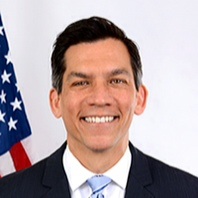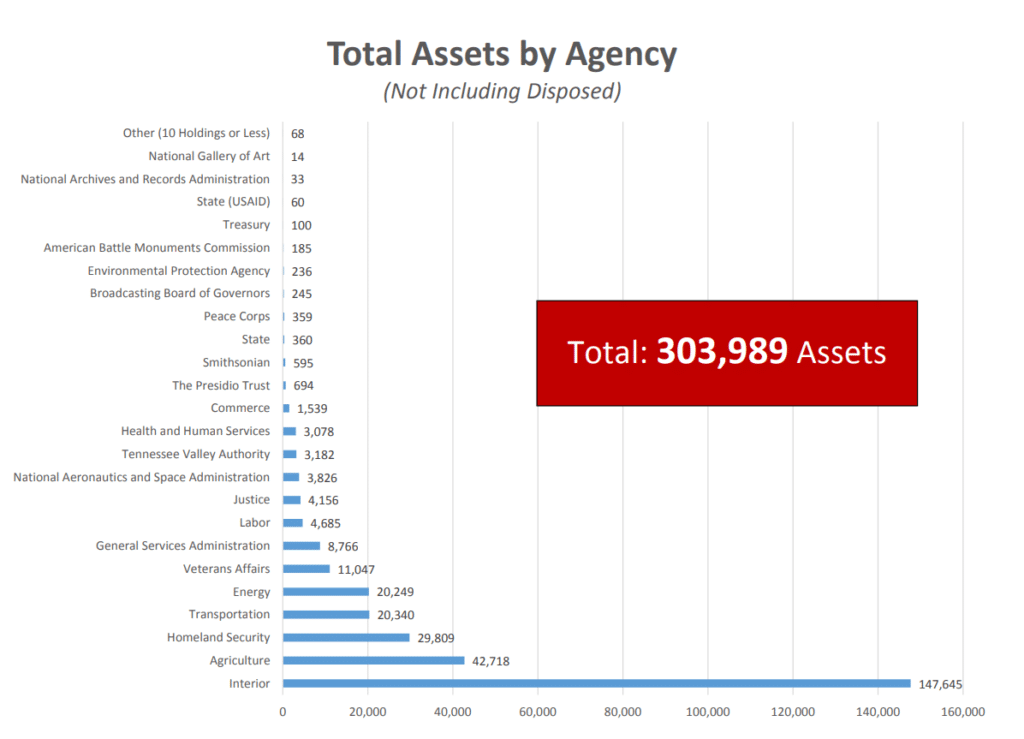 Exclusive
Exclusive  Exclusive
Exclusive Lawmakers are looking to get their arms around ways to sell or redevelop underused real estate owned by the federal government. But in order to do that, they'll...
Lawmakers are looking to get their arms around ways to sell or redevelop underused real estate owned by the federal government. But in order to do that, they’ll need to drill down on the General Services Administration’s ongoing catalog of more than 300,000 government-owned assets.
Last month, GSA released a database of the government’s real estate holdings for fiscal 2017. The database, known as the Federal Real Property Profile (FRPP), includes information on more than 40,000 office spaces, warehouses and storage facilities; 17,000 parking structures and 17,000 leased facilities.
Under the Federal Assets Sale and Transfer Act, (FASTA) which Congress passed in 2016, GSA plans to release FRPP updates every year.
Rep. Lou Barletta (R-Pa.), chairman of the House Transportation and Infrastructure Committee’s Subcommittee on Economic Development, Public Buildings and Emergency Management, said the database gives government an opportunity to crowd-source ideas for ways to save money on unneeded office space.
“The release of this database is significant and a win for transparency. Before FASTA was enacted, not even federal agencies had the ability to look across government to identify potential efficiencies,” Barletta said Wednesday at a subcommittee roundtable.
As GSA continues to implement FASTA, Rep. Jeff Denham (R-Calif.) said he hopes the database will hold agencies more accountable to shrinking the government’s real estate footprint.
The goal of the FRPP database, Denham said, is that before an agency goes out and tries to buy more property or build more property, “they actually look at what we have currently today, and whether or not we can combine agencies as well.”
In January 2017, GSA finalized a deal with the Massachusetts Institute of Technology to sell the Department of Transportation’s John Volpe National Transportation Systems Center, a 14-acre site located in Kendall Square in Cambridge, Massachusetts. GSA sold the facility for $750 million.

In 2016, GSA released tools to help agencies keep track of other government-owned buildings in their area. The tool also provides data, including the size of the building, to help determine whether neighboring agency offices might be able to consolidate.
In Atlanta, for example, Dan Mathews, the commissioner of the Public Building Service, said the IRS and Social Security Administration are looking to consolidate office space.
“Oftentimes they don’t even think large enough within their own portfolio to look for colocation opportunities just within an agency, let alone multiple agencies, so that’s a culture change. But now that we’re starting to create that the data and easy access to that information where they can have those considerations,” Mathews said.
Keith Cunningham, the Government Accountability Office’s assistant director of physical infrastructure, said the FASTA law requires GAO to monitor whether GSA and agencies are identifying high-value leases, and when agencies actually sell properties that have been identified by the board.
Mathews told lawmakers that in many cases, agencies lack the funds needed to move out of buildings they’d like to sell.
GSA-owned buildings can tap into the agency’s Federal Buildings Fund, which is mostly funded by rent paid to GSA. Mathews said GSA collects about $10 billion in rent every year.
“The FASTA law can be very useful as a disposal tool, but the decision to actually get off of the property — and some of the money that will be used to get us off of that property — is coming out of the Federal Buildings Fund,” Mathews said.
In the past, Congress has supplemented the funds with additional appropriations, but recent years, that hasn’t been the case.
Under the Obama administration, the Office of Management and Budget and GSA led “Reduce the Footprint” and “Freeze the Footprint” initiatives that resulted in a reduction of 24.7 million square feet from the inventory between 2013 and 2015, and saved the government about $300 million in rent, operations and maintenance costs.
Earlier this year, the Environmental Protection Agency, citing a 2010 memo from President Barack Obama, announced it would close facilities in Las Vegas, Nevada and Grosse Ile, Michigan and relocate the employees to other agency offices.
Copyright © 2024 Federal News Network. All rights reserved. This website is not intended for users located within the European Economic Area.
Jory Heckman is a reporter at Federal News Network covering U.S. Postal Service, IRS, big data and technology issues.
Follow @jheckmanWFED
 Exclusive
Exclusive 

